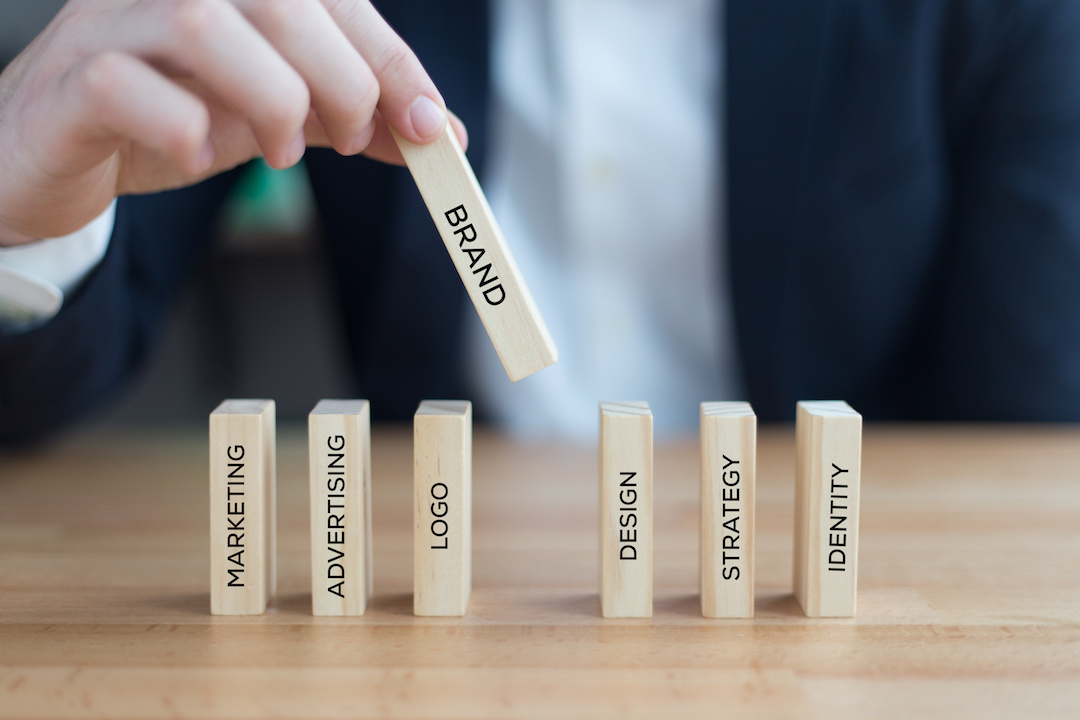 You may design a beautiful package – but what if it doesn’t fit on the shelf? Or it’s hard to get on a pallet? Or the people at the warehouses or stores or shipping companies are confused about the contents? What if you design a beautiful package without considering the venue where the downstream customer will view the package? Your package design should begin after you have thoroughly investigated the limitations of your distribution system and your market.
You may design a beautiful package – but what if it doesn’t fit on the shelf? Or it’s hard to get on a pallet? Or the people at the warehouses or stores or shipping companies are confused about the contents? What if you design a beautiful package without considering the venue where the downstream customer will view the package? Your package design should begin after you have thoroughly investigated the limitations of your distribution system and your market.
Here are two of the major concerns and challenges that good package design can resolve:
1. Consider the downstream customer first.
Plenty of experts have written about what packaging design sells well from the shelf. But consider what it is selling once your buyer gets it home. In the 1960’s, cereal boxes continued to sell on your breakfast table with testimonials, promotions, and additional products you could send away for. Also, consider what emotional feeling the packaging evokes when the end user opens the package. If the packaging design is a small, velvet-covered box with a spring-loaded lid, you know the product inside is something wonderful. There’s a reason they don’t put fine jewelry in a plastic bag. The satin bag or black velvet box adds value to the product. Likewise, high-end leather goods come in a dust bag. These industries have done a fantastic job of letting the customer anticipate the value within.
2. Foam, bubbly wrap, shrink wrap and cushioning.
Is the packaging protecting your product from damage? What protective material goes inside the packaging? You can design your packaging so that every square centimeter of the box is used and the product doesn’t rattle around. You can do this by adding custom foam that fits the product and holds the cords. What more, you can even design it to accommodate a manual that fits the inside dimensions of the box. And you can design this packaging to fit in a carton that holds 12 such packages. Indeed, package design includes the package that package goes in. This may go in an even bigger carton that goes on a pallet or is shrink-wrapped.
Quantity in a Package
Other retail packaging design considerations concern whether you want to package more to a box than other brands do. Say, 15 rather than 12. Now the retailer gets a 15-pack. Or you could design packaging that holds a bakers’ dozen: 13. Then you could do a promotion (where legal) wherein you sell the retailer a greater number than what they paid for. If the product is slim and streamlined, it should come in a package that’s equally well-designed, in addition to protecting the product from damage. And if the packaging has an Apple – or another computer company logo on it – the packaging design telegraphs its contents to everyone all the way through the distribution process.
Packaging design that sells its product after the consumer gets it home, or evokes a feeling of quality, is what you want to achieve. Make sure the package design of your product protects it from damage and the product is shipped in an appropriate manner for the retailer. And show your logo all the way throughout the distribution channel.
In Part 2, we will examine the retailer’s needs, the requirements of the shelf, and finally, getting creative!
Of course, there’s much more that could be said on this subject. What’s been your experience? Michael Houlihan, co-founder of Barefoot Wine, the largest selling wine brand in the nation, invites you to join the discussion on Packaging Design with your comments, thoughts, and opinions below.



